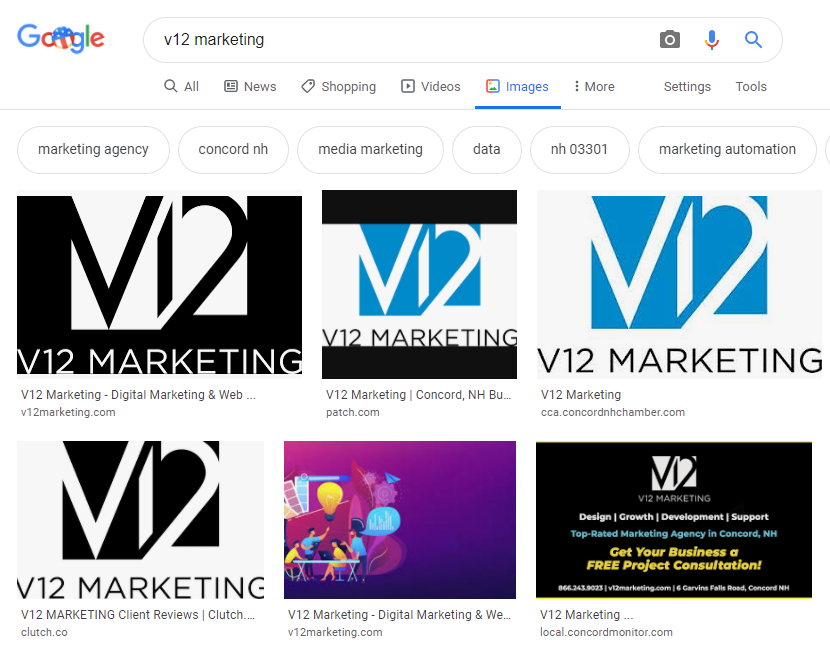
Search Engine Optimization (SEO) can be tough work. Constantly creating new content, monitoring keywords, search queries, page performance, the list goes on. But if you’re looking to make instant improvements, check out the tips below.
It’s Google’s job to crawl and show relevant search results to users. When someone searches for “running shoes” – Google has to determine in micro-seconds what web-pages, images, and videos are relevant to that user’s search at that time, their location, device, and previous behaviors. That’s a lot to consider.

1. Check Image Sizes & Tags 🖼
Do you routinely audit website images and their tags?
We can help Google understand what our websites are about, including the images. By adding Title and Alt tags, as well as relevant file names, Google is much more likely to select our content and show it to users.
But, it doesn’t stop there. How that content performs (whether its clicked, how long its used, if there’s conversion), will depend on if it’s continued to be display in search results. Pro-tip: Check Google Webmaster Tools for “Image Searches” to see what’s working!

2. Page Titles & Descriptions ✍
Are you updating page titles and descriptions as they are created?
Just like images and videos, web-pages have descriptors to tell Google what the page is about, and whether or not it is likely to be relevant to a user’s search query. Optimizing elements such as page titles, meta descriptions, URL structure, can play a role in the page’s performance on search engines like Google and Bing.
Popular tools like Yoast and Google Webmaster Tools can help you determine which pages rank higher for which keywords and how you can test various copy to help lift them in the search results. Pro-tip: Include a Call-To-Action in your page description!

3. Navigation & Sitemaps 🕸
Does your website offer useful ways for users (and Google!) to navigate it?
If not, this may be something worth spending some time on. Google and other search engines place value on the ways a user navigates your website. If it’s clear that they are moving through it without too much effort, this can be a good signal to Google.
This means having appropriate calls-to-action, effective menus and navigation, and an organized sitemap. It’s also best practice to upload your sitemap to the website root folder, as well as share it with Google Webmaster Tools. Pro-tip: Share your sitemap with Google once per quarter. Put it on your calendar!
Well, that’s it for now! We hope these tips helped you get your website better optimized for search. These changes can provide instant results when it comes to ranking higher. But SEO is also about continuous and ongoing improvement. If we can improve on our efforts 1% per day, imagine what is possible in 6 month’s time? Let us know on social media if these strategies worked for you.
Looking for more information? Learn about our SEO Services here. You can get a FREE SEO report from V12 Marketing here.
Interested in getting help optimizing your website for Google and other search engines? You can contact V12 Marketing for a FREE consultation here.




